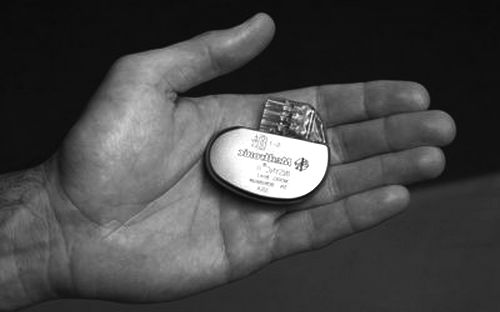ICD (Implantable Defibrillators)
What is an internal cardioverter defibrillator (ICD)?
An internal cardioverter defibrillator (ICD) is device that offers a treatment option for people with arrhythmia. Like a pacemaker, it is implanted in the chest (or sometimes in the abdomen). Unlike a pacemaker, which is designed to treat irregular heart rhythms in a consistent manner, an ICD can correct sudden, life-threatening rhythm abnormalities such as cardiac arrest by delivering high-energy impulses or shock (defibrillation). People with heart muscle damage or heart failure have a greater chance of having dangerously fast heart rhythms. ICD is indicated in people at high risk for the deadliest forms of arrhythmias – called ventricular tachycardia and ventricular fibrillation – an internal “shocking” device may be the best protection against sudden cardiac arrest (SCA).
How does an ICD work?
ICDs are slightly larger than pacemakers and are implanted below the collarbone in a pocket under the skin. Like pacemakers, ICDs contain a generator containing a computer, battery, and wires called “leads” that usually go through a vein into the heart. The leads stay in contact with the heart muscle on one end, while the other end is connected to the generator. The battery in the generator lasts 5-8 years and must be replaced when it runs out.

The ICD is pre-programmed to send signals to the heart. ICDs can be wirelessly connected with a reader device that gives doctors information about the person’s heart rhythms and the overall condition of the ICD. This follow up is very important to make sure the ICD is working for each patient. Today, all ICDs also act as pacemakers and can prevent slow heart rhythms as well. Pacing signals from the ICD are not felt by the patient, but the shock signal delivered by an ICD has been described as a “kick in the chest.” Medication or other treatments may be given to try to reduce any pain from ICD shocks.
Read next:


